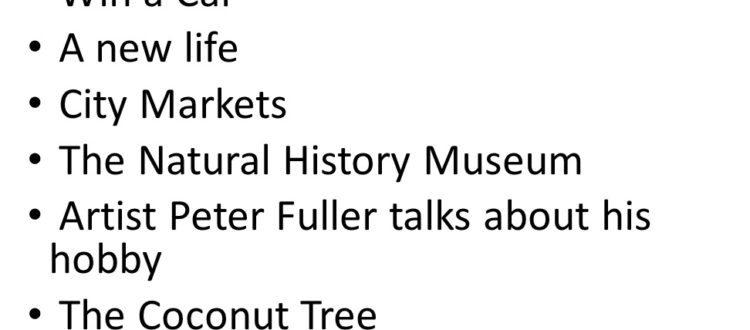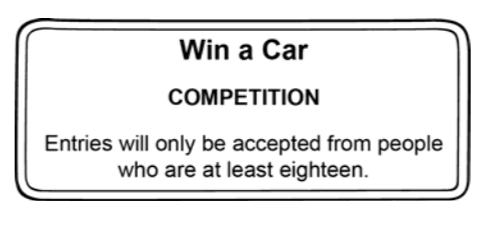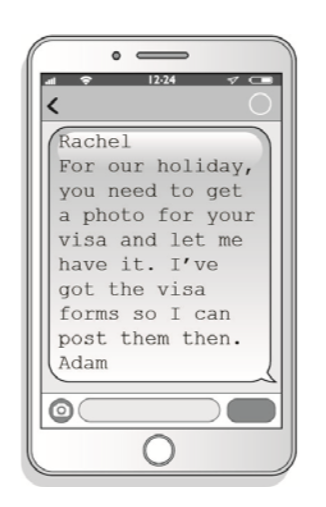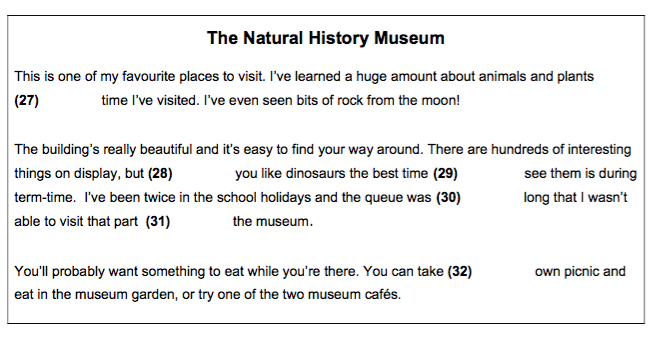Applying real life (magazine) reading skills to a (B1 Preliminary) Reading Paper
In this post, I’m going to share some ideas for approaching an exam Reading Paper – in this case, B1 Preliminary – in a similar way to when we pick up a magazine.
I’ve used the 2020 B1 Preliminary Sample Reading Paper, available here: https://keyandpreliminary.cambridgeenglish.org/resources.htm
To get students thinking about the importance of titles and headlines, show them the titles of the different texts.
Ask them questions to get them thinking.
Which text would you choose to read first?
Which text might you not read?
Which do you think will be long texts? Which will be short?
First, let them think about the titles and their own answers, then they can discuss in pairs or small groups.
Then, get them to look through the B1 Preliminary Reading Paper and find the texts and check if their deductions were right.
Next, get them to look at a number of the texts (3-4) and to discuss their answers to these questions:
Where might you see this text?
Who wrote this text?
Why might you read this text?
What might you do with the information?
* You can specify which texts you want them to look at, or tell them to look at 2 short texts and 1 or 2 longer texts.
For example, with the short texts:
Where might you see this text? In a magazine, on a webpage or Facebook or Instagram post.
Who wrote this text? A company who sells cars, or makes money from the competition or the publicity.
Why might you read this text? If you need a new car or want to win this one.
What might you do with the information? Enter the competition or tell your friends about it. (Or wonder who might be crazy enough to enter this competition!)
Another short text:
Where might you see this text? On a phone screen.
Who wrote this text? Adam wrote the message to Rachel.
Why might you read this text? Because Rachel showed me it. Perhaps she wants advice, or is telling me she needs a passport photo.
What might you do with the information? I might take Rachel’s photo or go with her to have one taken.
Or a longer text:
Where might you see this text? On a school blog. On a classroom wall.
Who wrote this text? A student.
Why might you read this text? To find out about this place.
What might you do with the information? Decide whether to visit the museum or not.
I hope you find this approach to an exam reading paper useful.
I feel that focusing on the whole paper, rather than just the individual parts can be more engaging and make students aware of the different texts they will find in the different parts.





